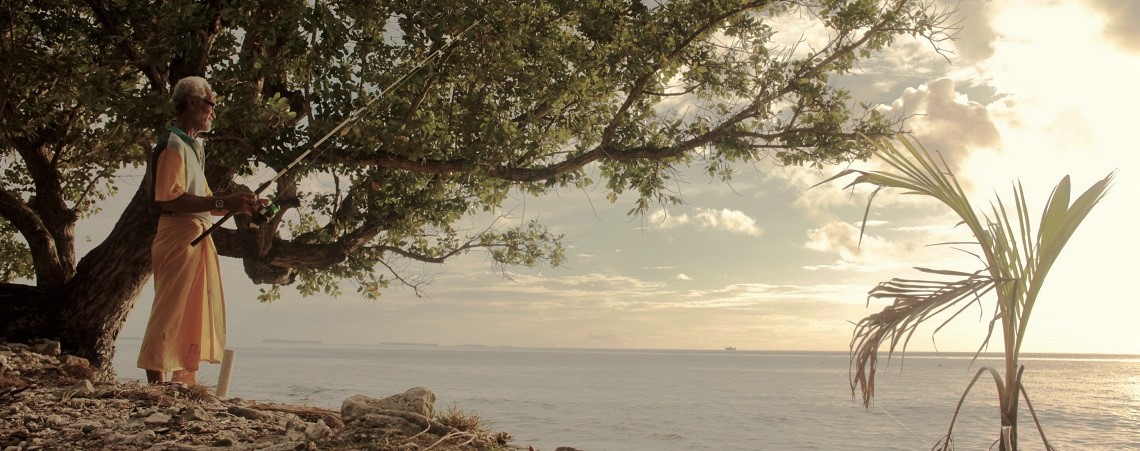Securing Marine-based Coastal Livelihoods from Climate-Induced Disasters in Tuvalu
The overarching goal of the 4-year project 'Effective and responsive island-level governance to secure and diversify climate resilient marine-based coastal livelihoods and enhance climate hazard response capacity' (2014 - 2019), also known as 'NAPA-II', is to increase the resilience of Tuvalu's outer island communities to future climate change-induced risks such as declining marine resources productivity and increasing/intensifying climatic hazards.
One of the key underlying causes for Tuvalu’s vulnerability is the challenge of adequate public service delivery compounded by its geography. Outer islands are often staffed with a few government officials with limited financial resources to meet the genuine development needs of communities, let alone additional technical inputs needed to mitigate the risks of climate change. Their ability to adapt to climate change is further hampered by the highly vulnerable communication network that connects outer islands. Currently, satellite phones and FM radio are the only communication channels through which to provide vital information on emerging disasters from the capital of Funafuti. But these existing communication facilities tend to break down during extreme climate events – when they are most needed.
For updates on UNDP Early Warning Systems and Climate Resilient Development projects, click here.
Project details
Levels of intervention
- Community
Key implementers
- Country Office
- Local Governments
- National Governments
Funding amounts
Project partners
- Ministry of Environment, Government of Tuvalu
- United Nations Development Programme (UNDP)
- Global Environment Facility (GEF)
- Ministry of Home Affairs and Rural Development
- Ministry of Natural Resources, Government of Tuvalu
Project dates
Introduction
The overarching goal of the 4-year project 'Effective and responsive island-level governance to secure and diversify climate resilient marine-based coastal livelihoods and enhance climate hazard response capacity' (2014 - 2019), also known as 'NAPA-II', is to increase the resilience of Tuvalu's outer island communities to future climate change-induced risks such as declining marine resources productivity and increasing/intensifying climatic hazards.
One of the key underlying causes for Tuvalu’s vulnerability is the challenge of adequate public service delivery compounded by its geography. Outer islands are often staffed with a few government officials with limited financial resources to meet the genuine development needs of communities, let alone additional technical inputs needed to mitigate the risks of climate change. Their ability to adapt to climate change is further hampered by the highly vulnerable communication network that connects outer islands. Currently, satellite phones and FM radio are the only communication channels through which to provide vital information on emerging disasters from the capital of Funafuti. But these existing communication facilities tend to break down during extreme climate events – when they are most needed.
For updates on UNDP Early Warning Systems and Climate Resilient Development projects, click here.

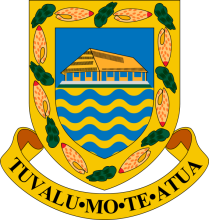
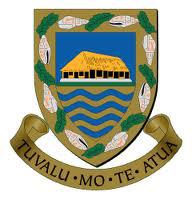
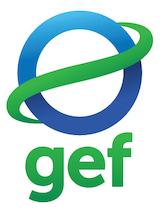
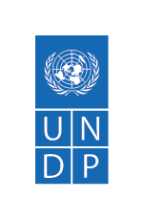
Project details
The project works closely with outer island development councils to increase their capacity to deliver necessary public services to increase the resilience of remote communities. In particular, the project focuses on the following:
1. Enhancing climate-resilient marine-based coastal livelihood;
Along with agriculture, small-scale fishing and collection of marine resources constitute important subsistent livelihoods for communities in outer islands. To secure these livelihood options from emerging climate change threats, the project assists the national and local governments and community fisheries centres to implement climate resilient marine-based livelihood techniques such as submersible cage culture, in-land spawning and hatcheries. At the same time, community-based ecological marine buffer zones will be established. Designation of buffer zones, along with capacity development exercises for communities to manage them, will provide complementary services to the climate resilient marine-based livelihood techniques. For example, larvae of shellfish that are grown in in-land hatcheries can be released in a buffer zone to minimize the exposure of climate change impacts to these species.
2. Strengthening communication facilities between the capital and outer islands;
Japan International Cooperation Agency (JICA) is currently working with the Government of Tuvalu to establish an AM radio network that virtually puts all outer islands under a single radio network. The existing FM network has been not only highly susceptible to break-downs and bad weather, its receivers are turned off at night along with the electricity generator, posing difficulty to act as a real-time information dissemination channel. By building on the JICA initiative, this adaptation project will establish a nation-wide early warning communications facility in outer islands through the AM radio network. The project envisages upgrading a school building in each outer island to double as an evacuation facility with a robust AM receiver. This infrastructural work will be supplemented by revision of island disaster plans and capacity building trainings for island disaster committees and island councils for effective distribution of early warning information to all members of the islands.
3. Strengthening climate-resilient development planning and budgeting at the outer island level.
Building climate resilience in remote islands inevitably requires outer island governments to be more responsive to the adaptation needs of communities, rather than waiting for assistance from the central level. In Tuvalu, devolution of authorities from central to outer island development councils has been at the center of development priorities in the country. Two key milestones in this regard are the formulation of Island Development Plan which prioritizes development needs of each island; and the use of public budget (Special Development Expenditure) to specifically finance these priorities. Under this component of the project, island councils and local communities will be trained to revise their Island Development Plan by integrating climate risks based on island-level vulnerability assessments.
- Community
- Country Office
- Local Governments
- National Governments
Local communities in the outer islands of Tuvalu
- Ministry of Environment, Government of Tuvalu
- United Nations Development Programme (UNDP)
- Global Environment Facility (GEF)
- Ministry of Home Affairs and Rural Development
- Ministry of Natural Resources, Government of Tuvalu
News
Project inception: 2014
Mid-term evaluation: 2017
'Connecting islands, weathering storms: scaling up early warning systems in Tuvalu' - UNDP, October 13, 2017.
Key results and output
At least 400 households (i.e. 2000 people at least 50% women) implement or benefit from community based adaptation focusing on near-shore cage farming, n-land spawning and aquaculture in 18 villages
Capacity of local administrations, CSOs, communities and Community Fisheries Centers enhanced to integrate climate risks in the community-based management of ecological buffer zones including zoning guidance, marine resource stock surveys, risk assessment of coral bleaching and other climate risks, and monitoring and enforcement
Technical capacity and awareness enhanced for at least 2000 people including island Kaupules, central government staff, CSOs, and Community Fisheries Centers to understand and respond to the impacts of climate induced risks/disasters on marine based coastal livelihood
Reports & publications
Videos & multimedia
Monitoring & evaluation
See UNDP Transparency Portal for reporting.

